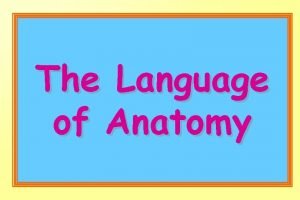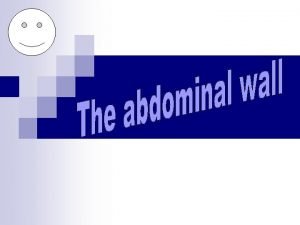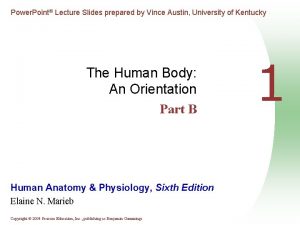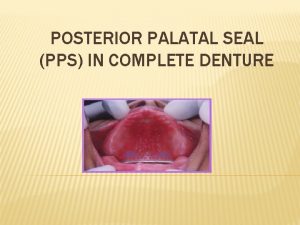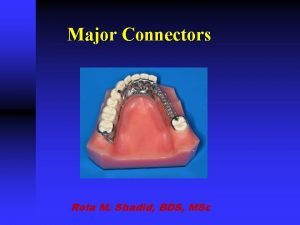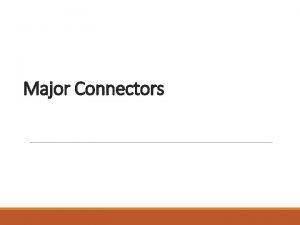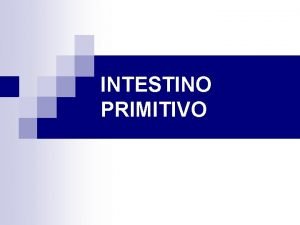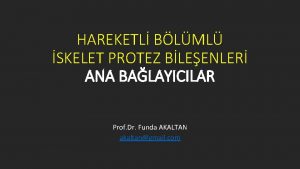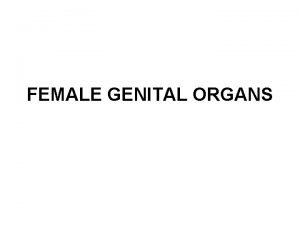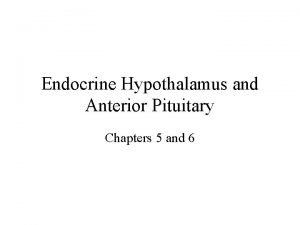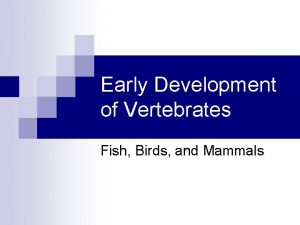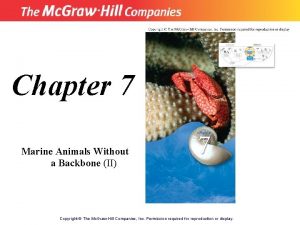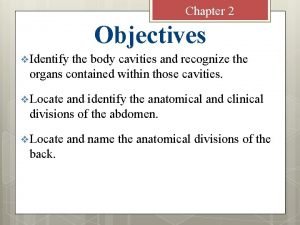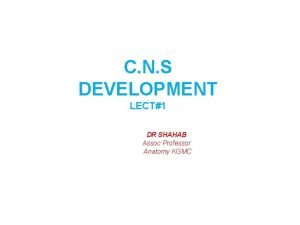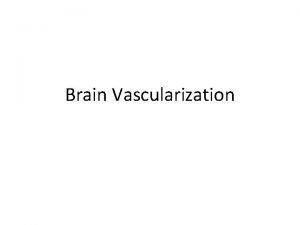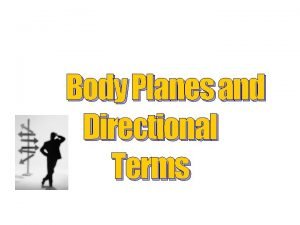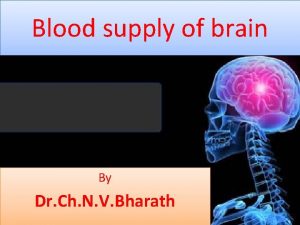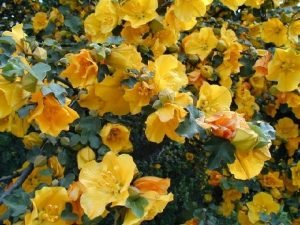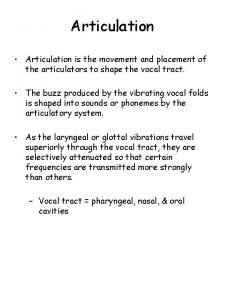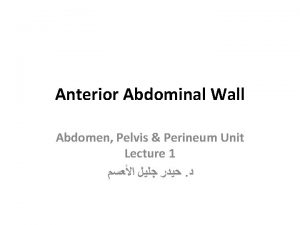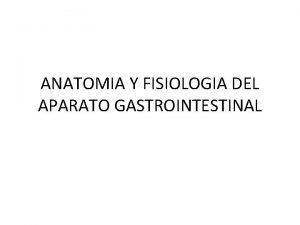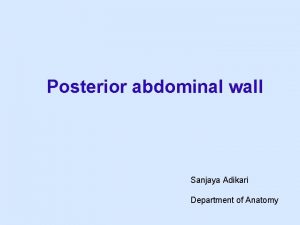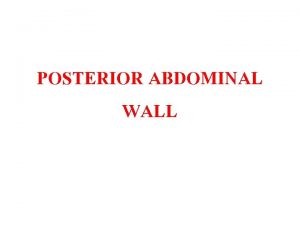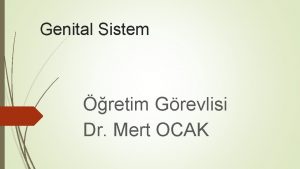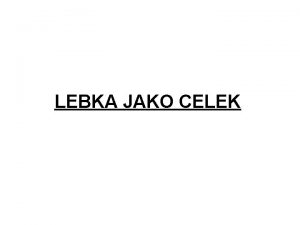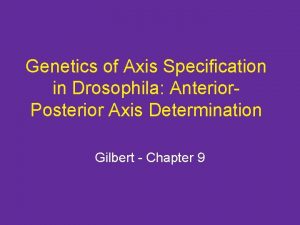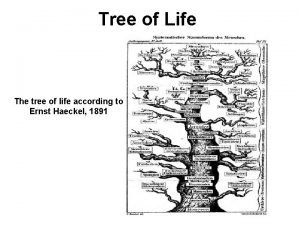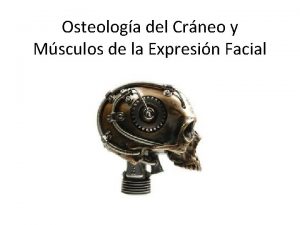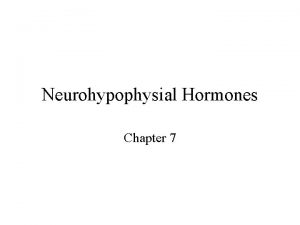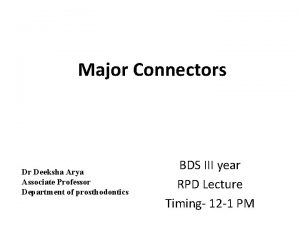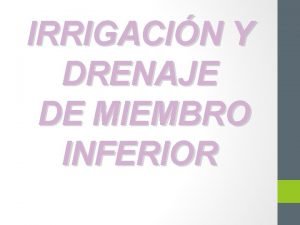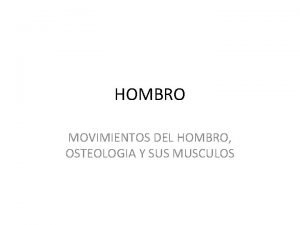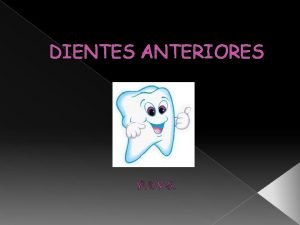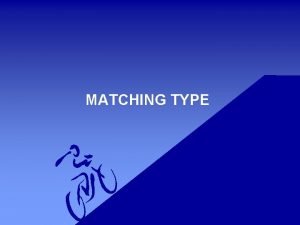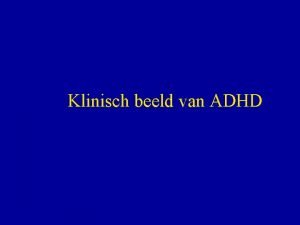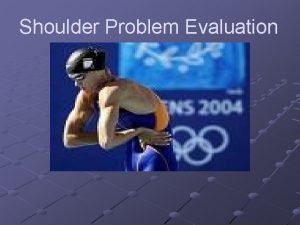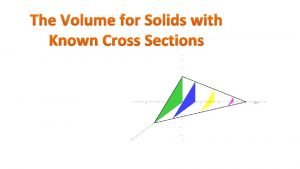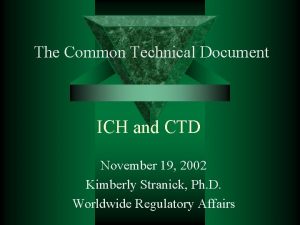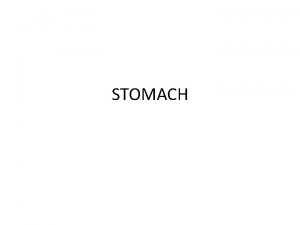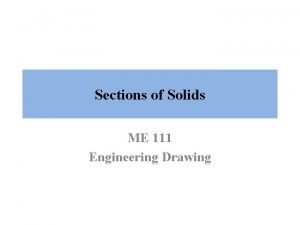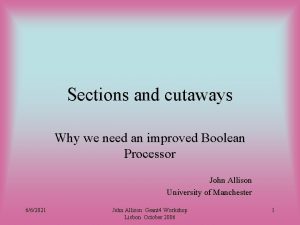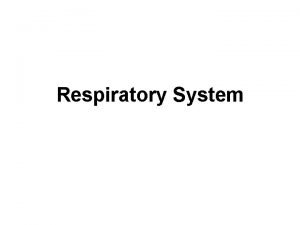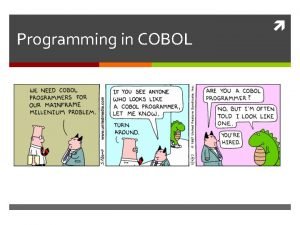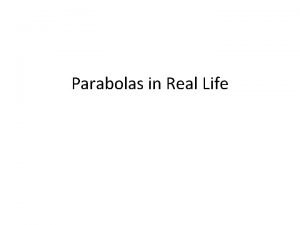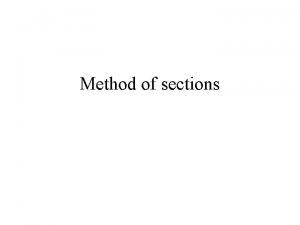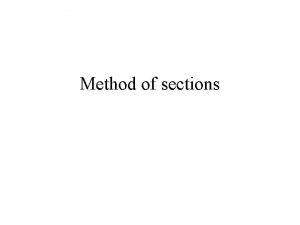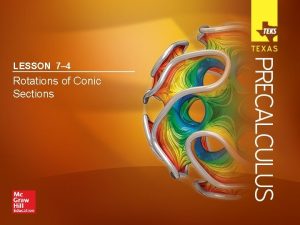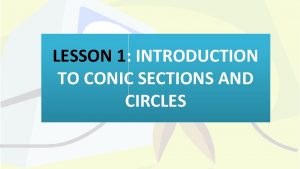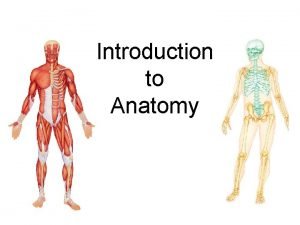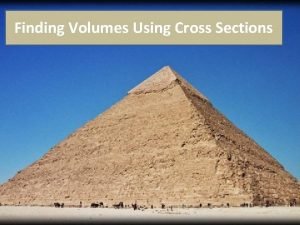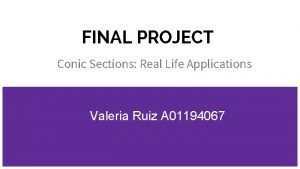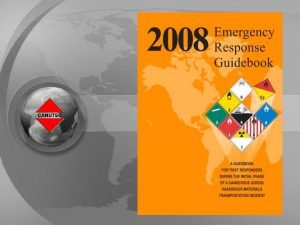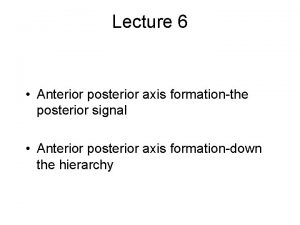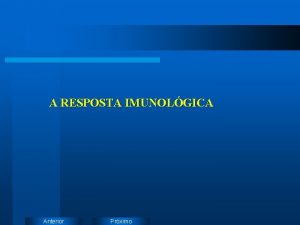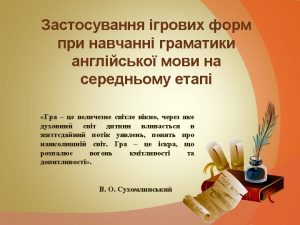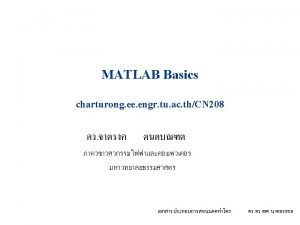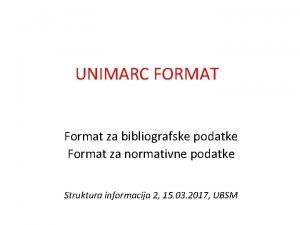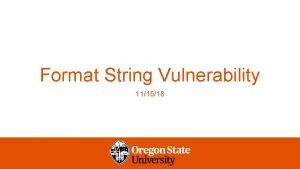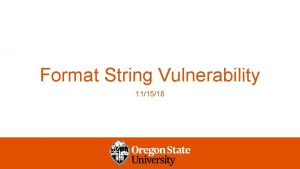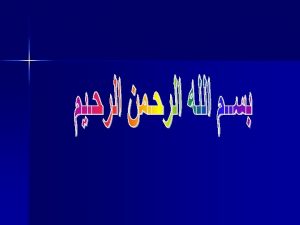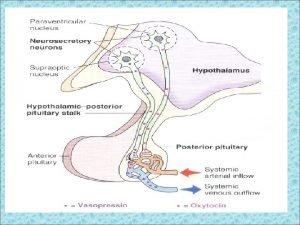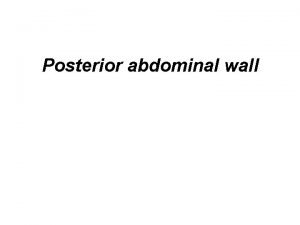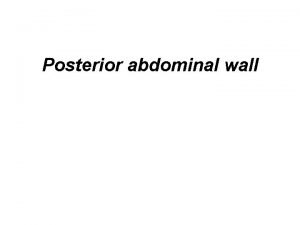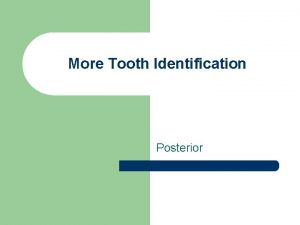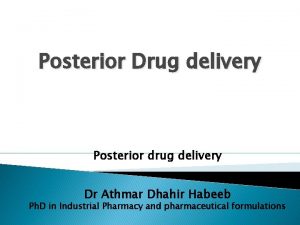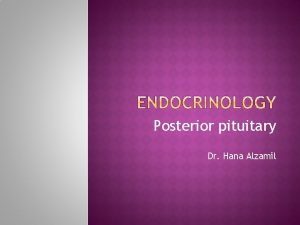Test Format 3 matching sections Anterior 19 Posterior

































































- Slides: 65

Test Format • 3 matching sections – Anterior (19) – Posterior (14) – Movements (13) • 30 Multiple Choice • 4 Short Answer

G a m e B o a r d 1 8 15 22 29 36 43 50 57 2 9 16 23 30 37 44 51 58 3 10 17 24 31 38 45 52 59 4 11 18 25 32 39 46 53 60 5 12 19 26 33 40 47 54 61 6 13 20 27 34 41 48 55 62 7 14 21 28 35 42 49 56 63

1 • This is the type of muscle shown by the figure below. Answer: circular

2 • What are 3 of the five golden rules of skeletal muscle activity? Answer: 1. With a few exceptions, all muscles cross at least one joint 2. Typically, the bulk of the muscle lies proximal to the joint crossed 3. All muscles have at least two attachments: -the insertion and the origin 4. Muscles can only pull, they never push 5. During contraction, the insertion moves toward the origin

3 • Name this muscle. Answer: extensor carpi radialis longus

4 • Movement of a bone around its longitudinal axis and is a common movement of ball and socket joints Answer: rotation

5 • This is known as a single, brief, jerky contraction. Answer: muscle twitch

6 • This is the most superficial muscle of the hip that forms most of the flesh of the buttocks and is the most important muscle for extending the hip when power is needed. Answer: gluteus maximus

7 • This type of muscle is striated, involuntary and is arranged in spiral or figure-8 shaped bundles. Answer: cardiac

8 • The fleshy, triangle shaped muscles that form the rounded shape of your shoulders. Because they are so bulky, they are favorite injection site when relatively small amounts of medication must be given intramuscularly. They are also the prime movers of arm abduction. Answer: Deltoid

9 • Name this muscle. Answer: biceps brachii

10 • This type of ATP regeneration breaks glucose down into pyruvic acid and a small amount of ATP (2 per glucose molecule) Answer: anaerobic glycolysis

11 • This type of ATP regeneration uses a high energy molecule called creatine phosphate to recharge ADP molecules. Answer: Direct phosphorylation

12 • This is a disease that caused by a shortage of acetylocholine receptors at the neuromuscular junction and results in generalized muscle weakness and fatigability. Answer: myasthenia gravis

13 • These help the prime mover by producing the same movement or by reducing undesirable movements Answer: synergists

14 • Muscles that oppose or reverse a movement are referred to by this name. Answer: antagonists

15 • How does the muscular system develop in the embryo during pregnancy? Answer: The muscular system is laid down in segments, which are invaded by nerves. Certain larger muscles (like those of the thoracic and lumbar regions) become very extensive and the development of all muscles and their control by the nervous system occurs rather early in the pregnancy.

16 • This is the type of muscle shown by the figure below. Answer: parallel

17 • The thick myofilament contains this protein. Answer: myosin

18 • This muscle is a fairly weak muscle that arises on the humerus and enters the distal forearm, where it mainly resides. Answer: brachioradialis

19 • This is the most common type of muscular dystrophy. It is mostly a male disease in which the muscles lack a protein called dystrophin. Answer: Duchenne’s

20 • This is also known as the kissing muscle. Answer: orbicularis oris

21 • These muscles press the thighs together, and have their origins on the pelvis and insert on the proximal aspect of the femur. Answer: adductor muscles

22 • This type of muscle is striated, voluntary and multinucleated. Answer: skeletal

23 • What are two functions of a muscular system? Answer: Produce movement maintain posture stabilize joints generate heat

24 • Depressing the foot and pointing the toes Answer: plantar flexion

25 • This is the term that is given to the gap between a neuron and muscle. Answer: synaptic cleft

26 • This type of ATP regeneration in the muscle is the most effective (yielding 36 ATP per glucose) but is slow. Answer: aerobic respiration

27 • This is the type of muscle shown by the figure below. Answer: convergent

28 • This muscle is a two bellied muscle that forms the curved half of the posterior leg and inserts into the heel of the foot using the Achilles tendon. It is usually referred to as the calf and as the “toe dancer’s” muscle. Answer: gastrocnemius

29 • This type of muscle is not striated, involuntary and has a single nucleus. Answer: smooth

30 • This is a disease that causes fat and connective tissue to be deposited in the muscle, which causes the muscles fibers to degenerate. Answer: muscular dystrophy

31 • What is this pointing at? Answer: the Z disc

32 • This chewing muscle covers the angle of the lower jaw and is used to close the jaw by elevating the mandible. Answer: masseter

33 • Combines a combination of flexion, extension, abduction, and adduction and results in the limb outlining a cone Answer: circumduction

34 • This is a large muscle that fans across the chest from the shoulder to the breastbone. Answer: pectoralis major

35 • This is also known as the smiling muscle because it raises the corner of the mouth upward. Answer: zygomaticus

36 • The foot movement that allows the sole to turn medially Answer: inversion

37 • This is the toughest connective tissue sheath that surrounds skeletal muscles that covers the entire muscle and blends into either tendons or aponeuroses. Answer: epimysium

38 • Name this muscle. Answer: adduction muscle

39 • This is the delicate connective tissue sheath that covers each muscle fiber. Answer: endomysium

40 • This is the dark banded area of a skeletal muscle. Answer: A band

41 • This organelle stores calcium and releases it when the muscle needs to contract. Answer: sarcoplasmic reticulum

42 • This is the light banded area of a skeletal muscle. Answer: I band

43 • This is the area where a neuron and a muscle meet. Answer: neuromuscular junction

44 • This type of contraction occurs when the muscle is pitted against an unmovable object and therefore cannot contract. Answer: isometric

45 • The foot movement that allows the sole to turn laterally Answer: eversion

46 • This is the type of muscle shown by the figure below. Answer: multipennate

47 • Occurs when the forearm rotates laterally so that the palm faces anteriorly and the radius and ulna are parallel Answer: supination

48 • This type of contraction occurs when the myofilaments are successful in their sliding movements and the muscle contracts. Answer: isotonic

49 • Occurs when the forearm rotates medially so that the palm faces posteriorly, which crosses the radius and ulna Answer: pronation

50 • Name this muscle. Answer: soleus

51 • What is this showing? Answer: A sacromere

52 • The thin myofilament contains this protein. Answer: actin

53 • A movement that increase the angle of the joint and increases the distance between two bones Answer: extension

54 • Name this muscle. Answer: occipitalis

55 • How does the effect of aerobic exercise differ from the effect of isometric exercise Answer: aerobic exercise makes muscles more flexible muscles with greater resistance to fatigue so you can use them for longer (stamina) while isometric exercise results in bigger muscles (strength)

56 • Moving a limb away from the midline Answer: abduction

57 • This muscle is the powerful prime mover for flexion of the forearm and acts to supinate the forearm. It is also the most familiar muscle of the forearm because it bulges when the elbow is flexed. Answer: biceps brachii

58 • What is an advantage and disadvantage of using steroids? Answer: Advantages - increase muscle mass and strength, increased oxygen-carrying capacity of the blood, and an increase in aggressive behavior (can be turned into game motivation) Disadvantages - bloated faces, shriveled testes and infertility, liver damage and cancer, changes blood cholesterol levels, and serious psychiatric problems

59 • This muscle group contains the semimembranosus, biceps femoris, and semitendinosus and is located on the posterior thigh. Answer: hamstring

60 • This facial muscle, which covers from your forehead to your eyebrow, allows you to raise and move your eyebrows and to wrinkle your forehead. Answer: frontalis

61 • What allows the myosin head to detach from the actin and return to the ready position? Answer: An ADP molecule is replaced by an ATP molecule.

62 • The _______ muscles help to move and make up the wall of the chest and are located between the ribs. Answer: intercostal

63 • The most superficial muscles of the posterior neck and upper trunk. They form a diamond or kite shaped muscle mass and they also can elevate, depress, adduct, and stabilize the scapula. Answer: trapezius
 Anterior stroke vs posterior stroke
Anterior stroke vs posterior stroke Erect anatomical position
Erect anatomical position Incisionsl hernia
Incisionsl hernia The anterior and posterior body cavities
The anterior and posterior body cavities Fovea palatinae
Fovea palatinae Indication of lingual plate
Indication of lingual plate Complete palate major connector
Complete palate major connector Intestino faríngeo
Intestino faríngeo Lingual plak ana bağlayıcı
Lingual plak ana bağlayıcı Ovarium facies medialis
Ovarium facies medialis Difference between anterior and posterior pituitary
Difference between anterior and posterior pituitary Cleavage in birds
Cleavage in birds Echinoidae
Echinoidae Dorsal vs ventral
Dorsal vs ventral Chapter 1 introduction to human anatomy and physiology
Chapter 1 introduction to human anatomy and physiology Brain vesicles
Brain vesicles What does the posterior inferior cerebellar artery supply
What does the posterior inferior cerebellar artery supply Lateral directional term
Lateral directional term Superior cerebral vein drains into
Superior cerebral vein drains into Axillary fold
Axillary fold Anterior posterior pillars
Anterior posterior pillars Abdominal wall lymph nodes
Abdominal wall lymph nodes Unión ileocecal
Unión ileocecal Anterior vs posterior abdominal wall
Anterior vs posterior abdominal wall Lower abdomonal pain
Lower abdomonal pain Commissura labiorum
Commissura labiorum Anterior vs posterior abdominal wall
Anterior vs posterior abdominal wall Fossa cranii media
Fossa cranii media Anterior-posterior axis specification in drosophila
Anterior-posterior axis specification in drosophila Zoll elearning
Zoll elearning Fluid wax technique posterior palatal seal
Fluid wax technique posterior palatal seal Olecranal region
Olecranal region Anterior posterior axis
Anterior posterior axis Agujero mentoniano
Agujero mentoniano Difference between anterior and posterior pituitary
Difference between anterior and posterior pituitary Cingulum bar indications
Cingulum bar indications V
V V deltoidea
V deltoidea Anterior y posterior dientes
Anterior y posterior dientes Panuto piliin
Panuto piliin Matching familiar figures test
Matching familiar figures test Matching familiar figures test
Matching familiar figures test Teres minor test
Teres minor test Format karangan perbincangan
Format karangan perbincangan Volume of solids with known cross sections
Volume of solids with known cross sections Think on these things
Think on these things Declaration of independence sections
Declaration of independence sections Lesson 4 declaring independence
Lesson 4 declaring independence Ich common technical document
Ich common technical document Stomach structure
Stomach structure Me-111
Me-111 What is solid in engineering drawing
What is solid in engineering drawing Cutaways and cross sections definition
Cutaways and cross sections definition Revolved view
Revolved view Parts of the throat
Parts of the throat Cobol 1959
Cobol 1959 Pga sections map
Pga sections map Parabola in real life
Parabola in real life Method of sections example
Method of sections example Method of sections
Method of sections Rotating conic sections
Rotating conic sections Lesson 1 exploring conic sections
Lesson 1 exploring conic sections Protraction in anatomy
Protraction in anatomy Semicircle cross section formula
Semicircle cross section formula Conic in real life
Conic in real life Which erg section contains distance information
Which erg section contains distance information

